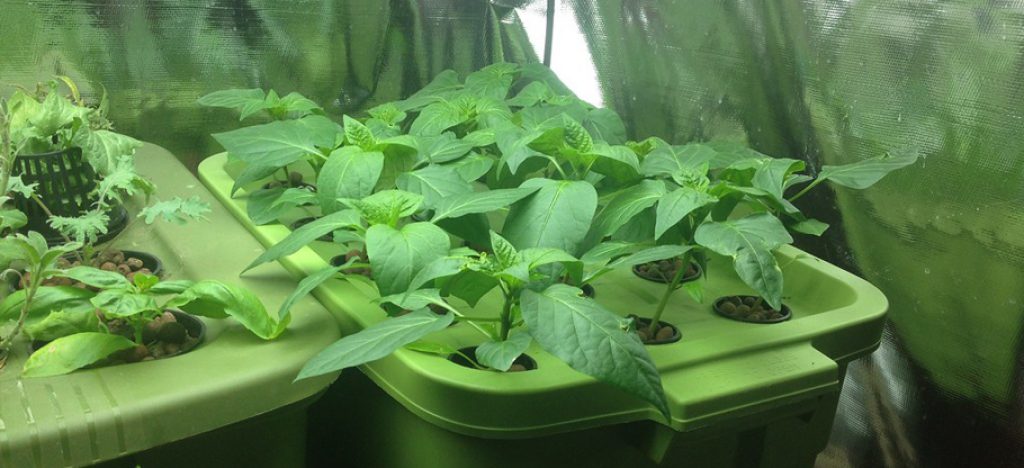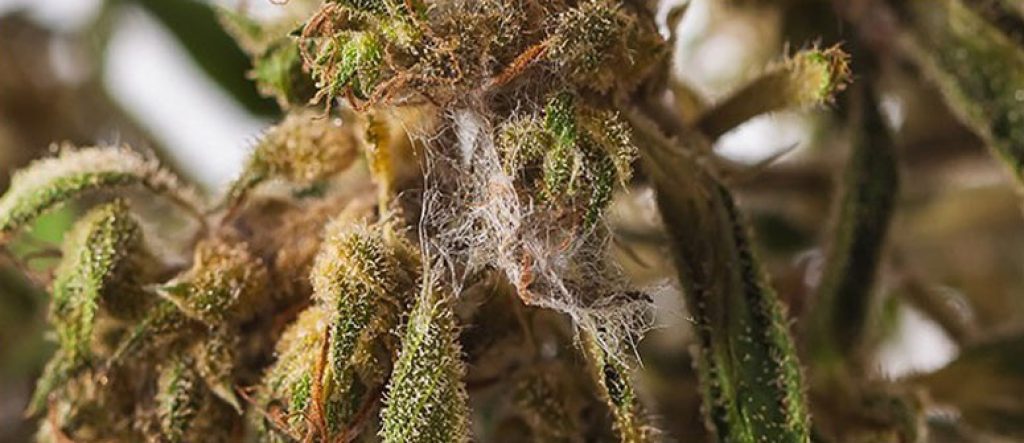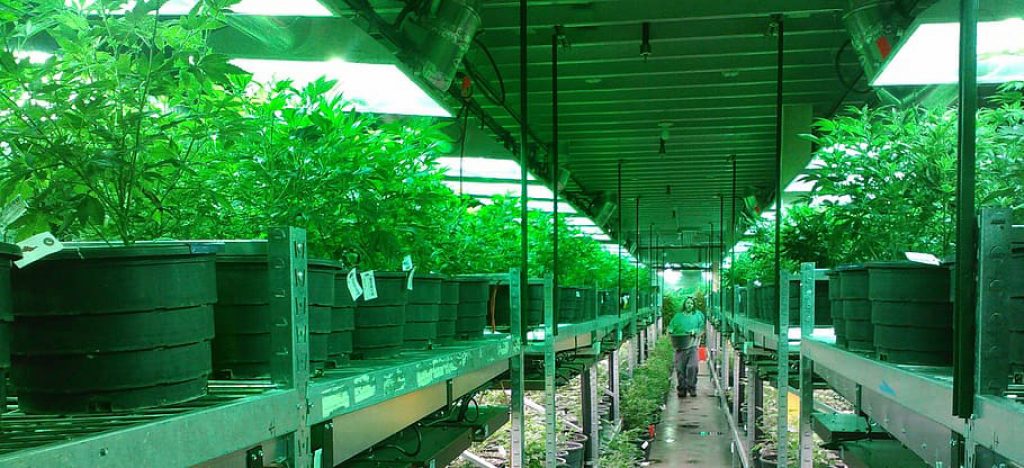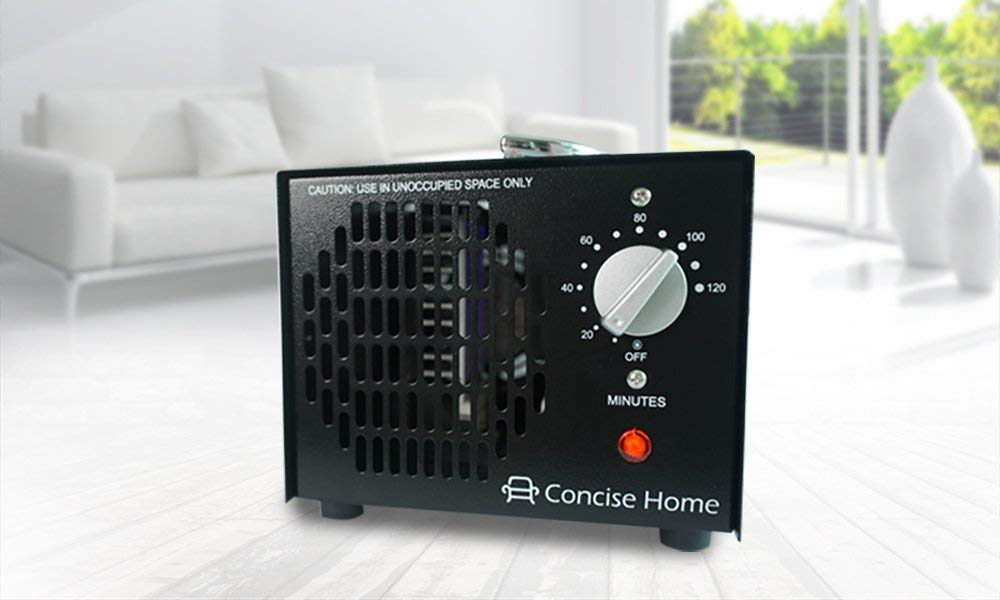Ozone has many uses, including sterilizing water, eliminating odors and food storage, among others. Over the past few years, most growers have been using high levels of ozone to help improve the sterilization of grow rooms. The ozone generators remove odors and sterilize the air or water by converting oxygen to ozone. This is achieved by exposing the compromised air or water to ultraviolet light. The extra molecule is often a positively charged ion, that can be attached to a negatively charged ion.
Ozone often has a unique smell, similar to the musky air that occurs after rain. Ozone generators are classified in relation to the amount of air they can treat. You must control the rate of ozone produced and give it adequate time to purify the compromised air. Ozone generators are increasingly becoming common in indoor farming, and an essential aspect of modern grow rooms.
We have all come across the term ozone, which is an essential component in the atmosphere. Thus, if one asks, “isn’t an ozone generator going to lead to increased climate change?” The answer is no. This is because the ozone produced in grow rooms is the same chemical that protects us from ultraviolet rays.
Contents
How Does the Machine Work?
Any compromised or “smelly” air usually has negatively charged cations. When the additional oxygen integrates with a cation, this leads to neutralization, which eliminates the odor. Once the extra molecule is removed and converted to oxygen, the air becomes purified. This process might take a few minutes to complete, so the treated air must pass through a closed chamber for the best results.
Ozone classifies as a triatomic molecule, which has three oxygen atoms, whereas the conventional oxygen has two. Oxygen ranks as one of the most potent oxidation agents in the world, and as a powerful disinfect. In fact, many experts believe it’s much more powerful than chlorine bleach in addressing antibacterial activity. Thus, ozone classifies as a powerful sterilizing compound. It can destroy large amounts of bacteria, viruses, mold and bacteria. Ozone has an extra molecule of oxygen, which is powerful when you want to kill a pathogen.
Using Ozone to Sterilize Growing Equipment
Being able to sterilize a room and equipment can be beneficial for any modern day grow room. The steps involved in sterilizing the equipment include:
- You might have to clean any debris using some hot water manually. Then, let the equipment dry, and then placed it stacked such that air can move around it freely. Ensure that you include equipment such as pruners, meters, screens and scalpels to help sterilize the equipment.
- Place the generator in the centre of the room, and turn on the circulating fans. While the machine does not have to blow a gale in there, it should provide optimal air circulation around the room. If you have a generator with a tube attached, then this is perfect for ozonating water. Consider setting up nutrient tanks and a hydroponic system, while also operating the pumps using cold water.
- Then, connect the end of the generator`s tube to an air stone, and place it in the nutrient tank. After this, you can sterilize the room and the nutrient delivery system with ease.
- Then, set up a timer that switches off after an average of 45 minutes. Connect the generator to the machine and turn it on. Hold your breath for a few seconds, to avoid breathing ozone, as you determine whether the air zone is delivering ozone to the water.
- Then, leaver the room. The generator will turn off after a few minutes, and the room will become safe to use after one hour. If the grow room is an important section of the home, then it would be good for you to open the windows to allow some ozone to escape.
Indoor Odor Control in Grow Room
The most common application of ozone by growers is in the interior ventilation ducting through the use of a carbon filter. This provides the additional insurance required to stop any unwanted odor from escaping. This works well and is a belt and brace addition for your odor control needs. Moreover, this approach is exceptionally safe, because it utilizes proprietary methods to extract ozone, thus reducing any chances of buildup in the grow room. To achieve the best results, you might require a medium output inline generator to place in the central section of the duct. At this point, the ozone molecules mix with any odors inside the pipe.

Using Ozonated Water in A Grow Room
If you purchase a generator with an air stone option and tube, then you can ozonate water for your grow room. This a unique technique for keeping the root zone healthy and disinfecting the hydroponic system. Using ozonated water is off course, much safer than ozonated air. When the water is exposed to the ozone, the unstable molecules act in the same way as it does in air. It connects to a single-celled pathogen, which in turn disinfects it. Once all pathogens are sterilized, the ozone starts getting absorbed into the water, where all its power can be used.
If you are using a 400mg ozone generator, put the air stone at the bottom section of the water tank, and then ozonate it for a few minutes. If possible, perform this procedure in the open air, so that it won’t affect the air you breathe. It’s also vital for you to use the water right away because the ozone might start breaking down back to oxygen. Ozonated water can have many benefits for a grow room. Among some of them include:
- Spray the ozone directly to plants to help kill rust spots, fungus, spores, mildew and more. It is safe to use during the flowering time because it does not have any chemicals.
- You will also have to dip fresh cuttings to the solution for 20 seconds and then sterilized before placing it in some rooting hormone. Using the hormone helps to enhance the strike rate significantly.
- Place pipettes, meters, connectors and various other components that you use on the plants in ozonated water for a few minutes.
- Pour the water close to the roots of the plant to provide them with a proper oxygen boost and sterilize the atmosphere
- When you change the solution, ozonate the water thoroughly before pouring it to the plant. Disinfecting all your plant gear can increase the plant`s oxygenation.
Using ozonated water is much easier when compared to using ozonated air. It is much safer to handle ozonated water, and people with skin health complications will find it beneficial. This is because the ozonated water can help to sterilize the skin. More so, you don’t have to use organic nutrients or supplements when using ozonated solutions. The ozone might compromise the beneficial bacteria in the solution, such as Trichoderma. If the plant solution is not suitable for use with liquid oxygen, then it’s also not compatible with ozonated water.
Using an Ozone Generator to Stop Bud Rot

Yes, the capabilities of this exceptional plant care machine also extend to killing bud rot. To be specific, the ozone generator helps to kill pathogens and to save plants from issues such as botrytis. The benefit of using an ozone generator is that it does not involve the use of chemicals. Here are some of the steps involved:
- At the first sign of mold, consider removing any used or infected gear from the grow area.
- Then turn off the extractor fan, and leave the circulation fans on. At this point, using a timer would be a great way to turn the extractor on conveniently.
- When using a powerful 400mg per hour generator, and operate for a few minutes in a small grow room. If you have a machine that has a tube outlet, you can connect it to the circulation fan to enhance the spread of the air.
- Once the extractor has been on for a few minutes, open the tent and evaluate the mold. Rather than having a grey and vibrant color, it should be somewhat crust or brown in color.
- Dispose of any tools or components that are infected. However, even if the mold is already dead at this point, it can still compromise the grow room.
- An important aspect of using an ozone generator is to evaluate the presence of mildew occasionally. Ensure that accumulating high levels of ozone in a room can lead to plant damage. These include plant aspects such as the leaves, stomata and leaf tips, which might be close to the generator. You might have to eliminate any plants that are already infected in your plant garden.
Ozone Safety in A Grow Room

Ozone is safe when used in low doses, which makes it common in offices, hospital wards, kitchens and factories. Its primary use is to help sterilize the air, and to regulate the spread of airborne pathogens, while also keeping the air clean. Due to the robust nature of the Ozone, it’s vital to practice caution when using it around life forms. It can be harmful to the respiratory system when consumed at high levels.
You have to be alert when it comes to safely using ozone in a grow room. As a general rule of thumb, you should never be able to smell the zone when the machine is still on. However, if the smell is strong, then you are producing more ozone than required. Switch off the device and leave the room for a few minutes as it degrades to oxygen. Next time, avoid running the machine for long durations.
Ensure that your pets are safely away from the generator when it’s operating, and for a few minutes after you switch off the machine. Ensure everything is ready before you turn on the generator. It should be the last step before you switch on before you get out of the grow room. Also, always connect the machine to a timer, to keep it off even after use. Some growers come with inbuilt timers but are sometimes not reliable.
Ozone is safe provided that you don’t breathe in large amounts of the substance. It’s important to ensure that you wear protective gear, or perhaps have some around to help you monitor the process. You can even purchase an Oxidation Reduction Potential machine to help you monitor the ozone levels. Also, remember to keep the grow room closed to maintain the quality of ozone.
Buying an Ozone Generator for Your Grow Room
Investing in a proper ozone generator is a vital factor to consider. A small output from the machine can be ineffective, and excessive amounts can be dangerous. For a small-sized grow room, consider using an ozone generator that can produce 200 to 400 milligrams per hour of air. Massive commercial generators might require an output level of as much as 1 gram per hour. To make the most of ozone, choose a generator that can also ozonate water. In most cases, these are machines that also have a silicone tube, which makes them easy to move around.
Ozone Generator FAQ
Q. What size ozone generator do I need?
A. The size of the generator that would suit your needs depends on various factors. These include the size of your room and whether you want to use the machine as a form of shock treatment. Also, remember that the size of the unit is directly related to its portability. Most generator makers have specific guidelines regarding the generator models, which are suitable for particular room sizes.
Q. What is the cost of an ozone generator?
A. The cost of the ideal generator depends on various factors. For instance, the wall mountable version is much cheaper than a portable generator. Even more, other factors such as the power rating, the plate quality, the timer and more are vital factors to consider. On average, expect to spend something between $100 to $5,000 for a generator.
Q. How long does ozone last?
A. Ozone does not last for long durations because it can get exposed to various procedures when released to the grow room. For instance, the generator can be exposed to oxidative reactions as it gets in contact with pathogens, bacteria and odors. On average, these procedures can take 30 to 40 minutes to degrade the quality of the ozone.
Q. What is ozone shock treatment?
A. This term refers to the use of specialized treatments to expose a grow room to extreme levels of ozone to help eliminate mold and odors. Most people only talk about grow room ozone treatment, but you can shock treat various types of enclosed spaces. These include commercial or domestic environments. Large amounts of ozone are produced by an ozone machine to help achieve the best air quality results. Thus, it’s important to clear the space of any living organisms, including pets or plants.
Q. Can an ozone generator kill mold?
A. Ozone is an exceptionally reactive gas that has harmful side effects on an organism. Since mold classifies as a fungus, ozone can be used to disinfect the mold spores. The same capabilities make the machine dangerous when close to humans or even pets. That said, it is best when using the ozone along with other mold treatment methods to achieve the best results.
Q. Will ozone kill bed bugs and termites?
A. Since ozone is powerful, it can be harmful when consumed in large amounts by life forms. Thus, purchasing an ozone generator for pest control means that you have to start informed. Get a generator that lets you regulate and monitor ozone levels for the best results. Keep in mind that ozone won’t necessarily kill the eggs laid by the termites, and you might have to use insecticides.
Overall
The results or harvest of your grow room depends on the quality of your skills as a farmer. A grow room is convenient because you will find it easy to control various aspects required for plant growth. When it comes to making use of resources, how to use an ozone generator in a grow room is an excellent place to start. These machines will allow you to sterilize a grow room, thus improving the quality of air and the environment in which your plants grow.
Before using an ozone generator, practice safety and make sure you keep track of the levels of ozone in the air. While industrial and domestic use of ozone is not a new occurrence, leveraging the benefits of such a machine for plant care requires some attention. A good quality ozone generator can kill molds, battle predators, sterilize equipment and disinfect grow rooms.
- Herb Garden Ideas: Indoor and Outdoor Herb Gardens - July 25, 2025
- How to Make THC Oil in the Simplest Steps Possible - July 24, 2025
- Best CBD Vape Juice, CBD Oils, and E Juice To Meet Your Needs - July 24, 2025
